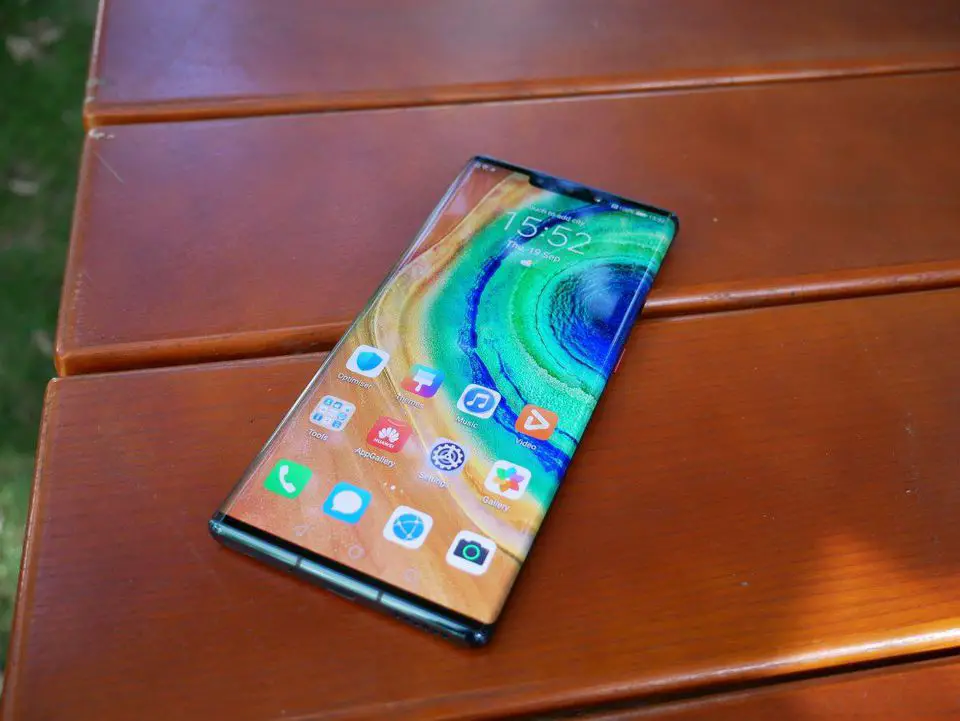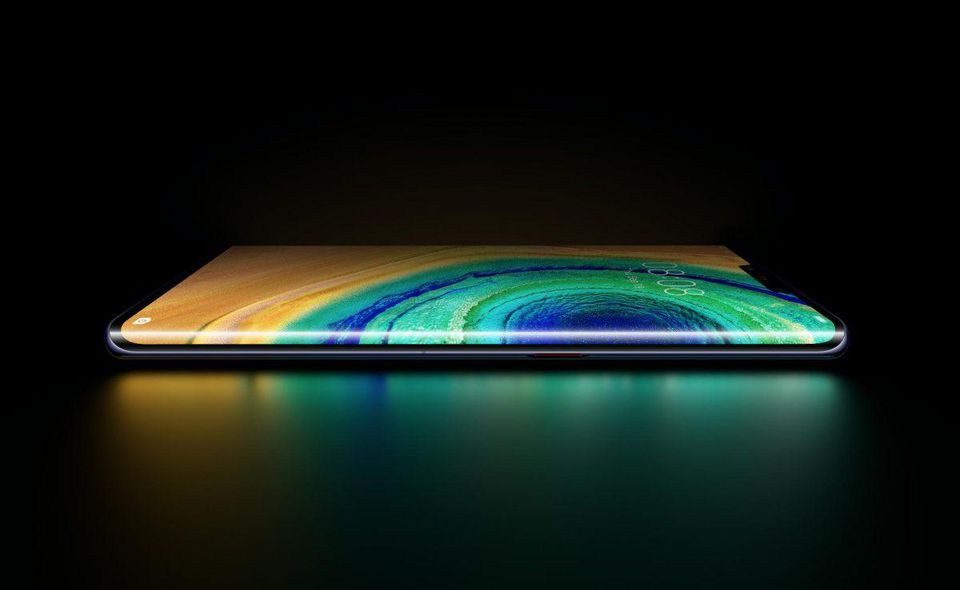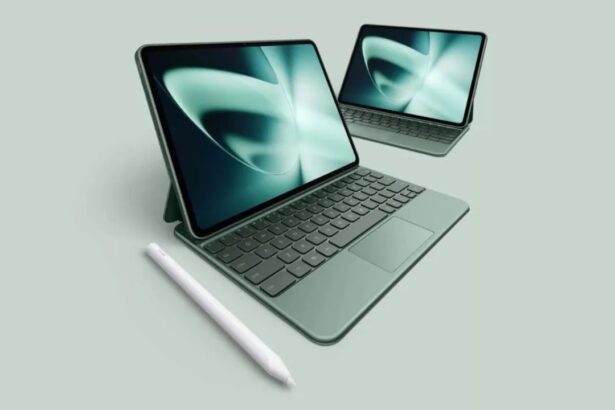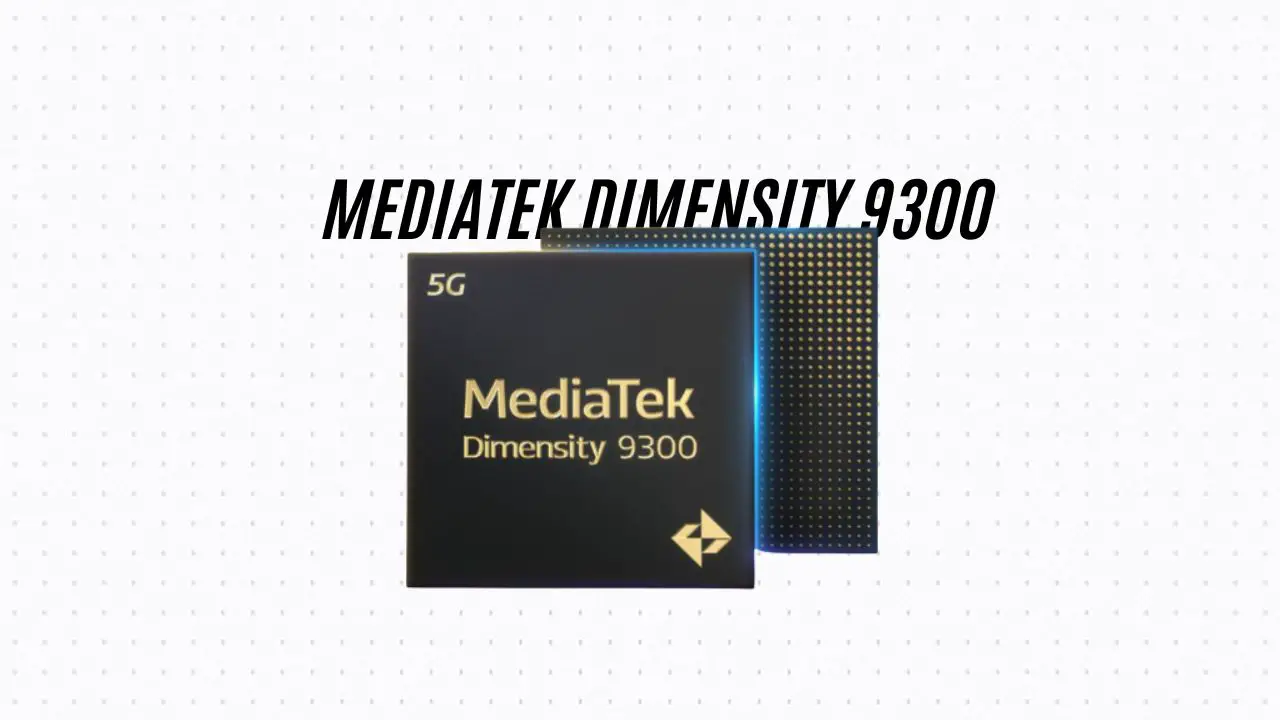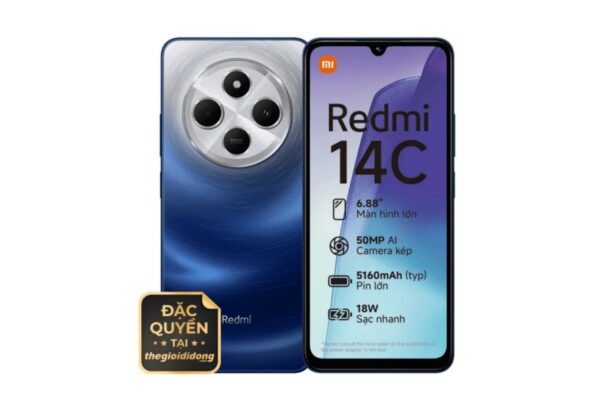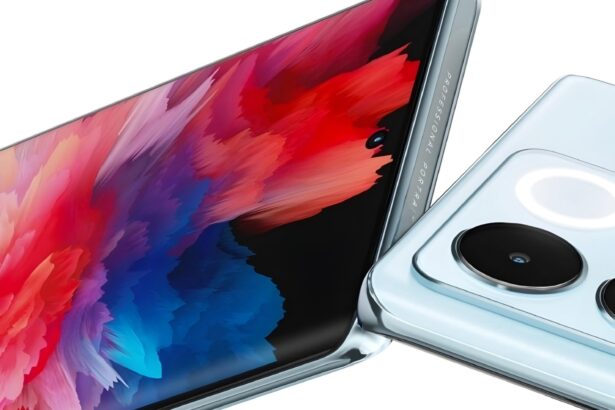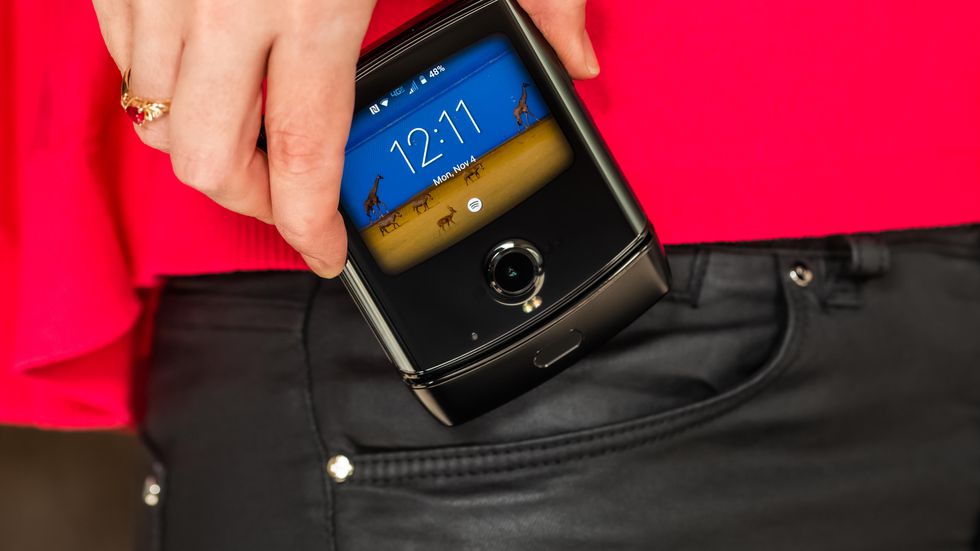Chinese smartphone maker Huawei is expecting to sell over 20 million units of the newly launched Huawei Mate 30 series after it was officially introduced in China on September 19. Huawei is in a trade war with China which has resulted in being blacklisted from using any US products or services without proper approval from the Trump administration.
Huawei Mate 30 series packs in some of the most advanced specifications seen in flagship smartphones from highly curved waterfall display to 5G and the faster HiSilicon Kirin 990 chipset and these are just a few specs that I have listed just like that. Due to the ongoing trade war, Huawei Mate 30 series was indeed launched with Android Pie 9.0 but it had to bid goodbye to any Google apps and services and thus, it was only released in China for sales as Chinese smartphones are stripped off any Google apps anyways.
Richard Yu, CEO at Huawei, said that Huawei saw a drop in sales ever since the US rolled out the blacklist in May. However, the situation is getting better with this Q2 being the highest selling quarter for Huawei compared to any smartphone maker has sold its phones in the last eight years in China. Huawei is showing positivity towards the flagship Mate 30 series and expect it to reach the target of 20 million units since it is the most advanced smartphone with 5G capabilities and most of the sales are expected to be within the home country as well.
When compared, Huawei released P30 series earlier this year and it reportedly sold 17 million units in just half a year while P20 series sold over 10+ million units in the first 5 months itself after it was unveiled last year. Similarly, Mate 20 series has reportedly sold over 16 million units and finally, the Mate 10 series has sold over 10 million units. This is enough to support that previous flagship smartphone in both Mate and P-series have been uber-successful and Mate 30 series could’ve been too if there wouldn’t have any US ban on it.
Huawei will ship its Mate 30 series with unlocked bootloaders that should allow developers to install Google apps and services at the firmware level if the change arrives overnight.
